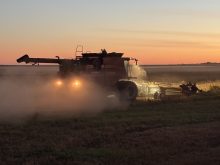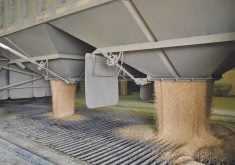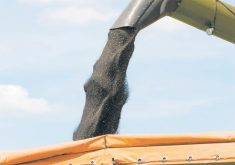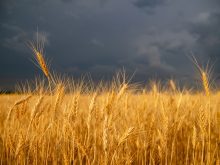For 2024, expect more canola than ever in the traditional growing regions, but less canola in southern areas of Saskatchewan and Alberta.
Canola has seen a tremendous price drop in the past four months. Some analysts keep saying an upward price correction is coming, but the market continues to grind lower. While canola crush plants are full steam ahead, exports are lagging.
Near the beginning of the calendar year, Saskatchewan Crop Insurance pegged its 2023 canola price at $18.73 a bushel and neighbouring provinces had similar values. Meanwhile, a huge amount of canola is sitting in producer bins worth less than $15 a bu.
Read Also
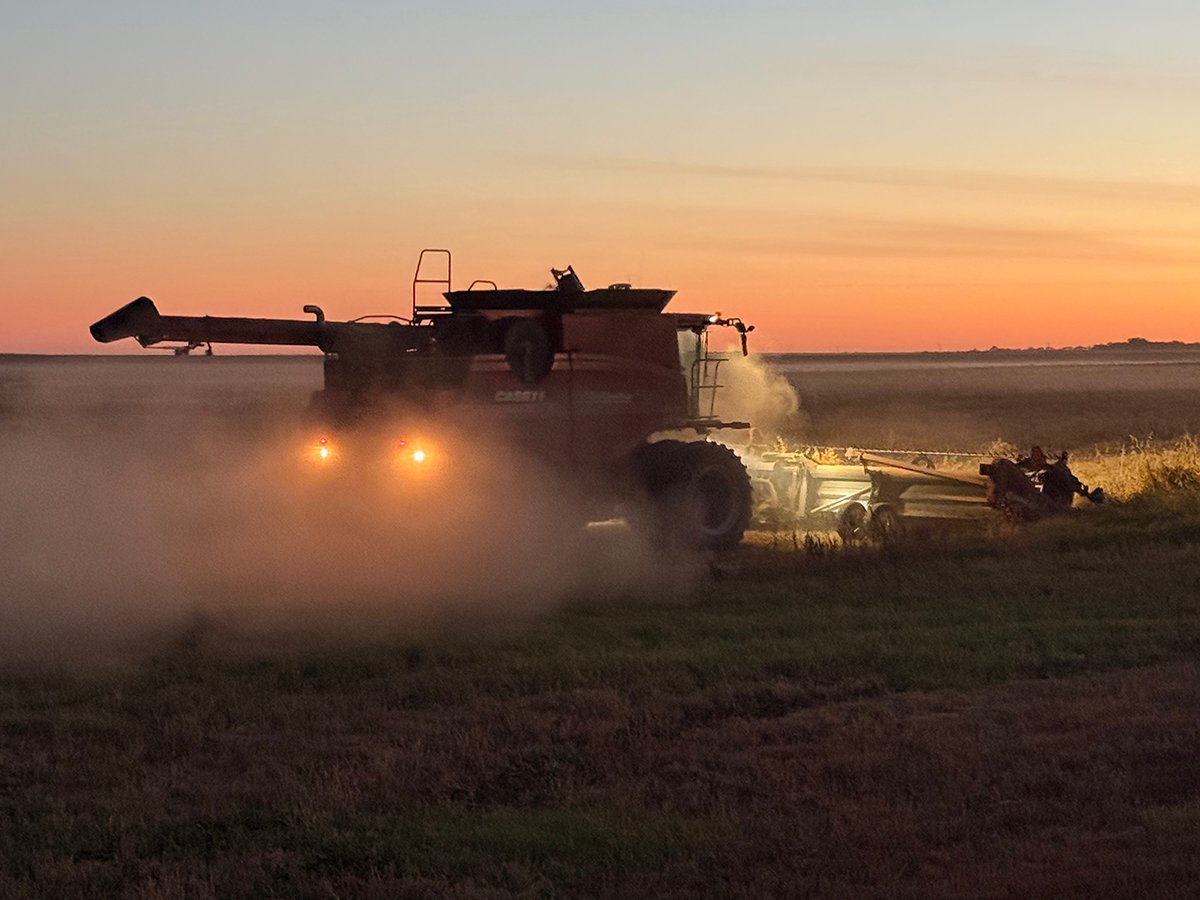
Downturn in grain farm economics threatens to be long term
We might look back at this fall as the turning point in grain farm economics — the point where making money became really difficult.
Without a dramatic price improvement in the weeks ahead, crop insurance prices for 2024 are likely to be in that $15 a bu. range. In the Palliser Triangle, that reduction in crop insurance coverage will likely lead to fewer seeded acres.
Let’s say your 80 percent yield coverage on canola is 32 bu. an acre. At a price of $18.73, that’s coverage of nearly $600 an acre. Dropping the crop insurance price to $15 a bu. drops coverage to $480 an acre.
With no snow cover and fears of another drought, canola is likely to fall from favour. Producers in the south have other cropping options where prices are more buoyant.
New crop large green lentils can be contracted for 50 cents a pound and will most certainly see an acreage increase. Even red lentils could increase a bit. Chickpeas will be up. Durum prices have been a disappointment, but are still stronger than other cereals and durum is concentrated in southern regions.
Meanwhile, for the traditional canola growing regions, the picture is different. Producers are less likely to consider crop insurance coverage in their seeding decisions. And while an expected price of $15 a bu. is a letdown, it still pencils out very well compared to other cropping options.
Feed barley prices have all but collapsed. China is buying barley from Australia rather than Canada and American corn is flowing into Alberta’s feedlot alley. Malting barley doesn’t have a great outlook either.
Oats aren’t a shining star and despite widespread expectations for a price increase, wheat isn’t looking strong either.
Green lentils and chickpeas aren’t viable options in the main canola growing regions and durum acreage is relatively minor.
Nitrogen fertilizer prices are down dramatically compared to a year ago and that’s a bigger benefit on canola input costs than it is for other crops.
Remember when the prevailing agronomic advice was to grow canola only every three to four years? That rotational advice is increasingly out of touch with what’s actually happening.
Clubroot has been a major worry, a reason not to push the rotation, but that concern is fading. While clubroot keeps mutating, canola breeders have been able to keep ahead of it.
Upon the recommendation of SaskCanola, clubroot is being deregulated in the province. The clubroot stigma is being removed. It will be treated the same as all the other canola diseases.
While a lot can change between now and spring seeding, at this point it seems reasonable to assume a canola acreage contraction in the brown and parts of the dark brown soil zone, while the black soil zone will have more canola acres than ever.
We used to quip about a crop rotation of canola, snow, canola. This year, so far, we don’t even have the snow.
Kevin Hursh is an agricultural journalist, consultant and farmer. He can be reached by e-mail at kevin@hursh.ca.






